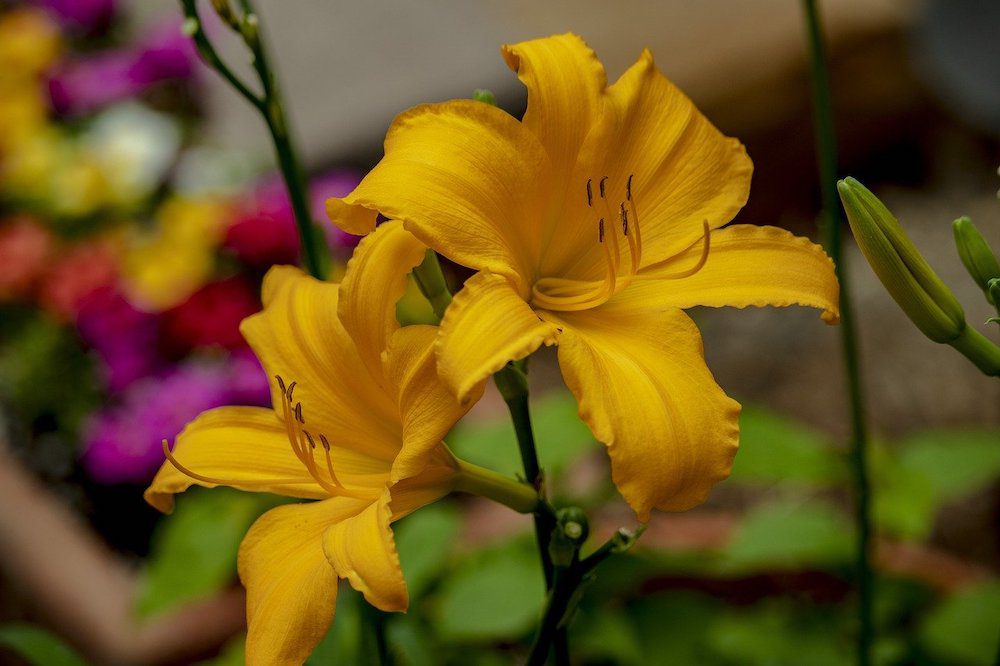7 Easy Flowers to Plant in Spring for Bright Summer Blooms
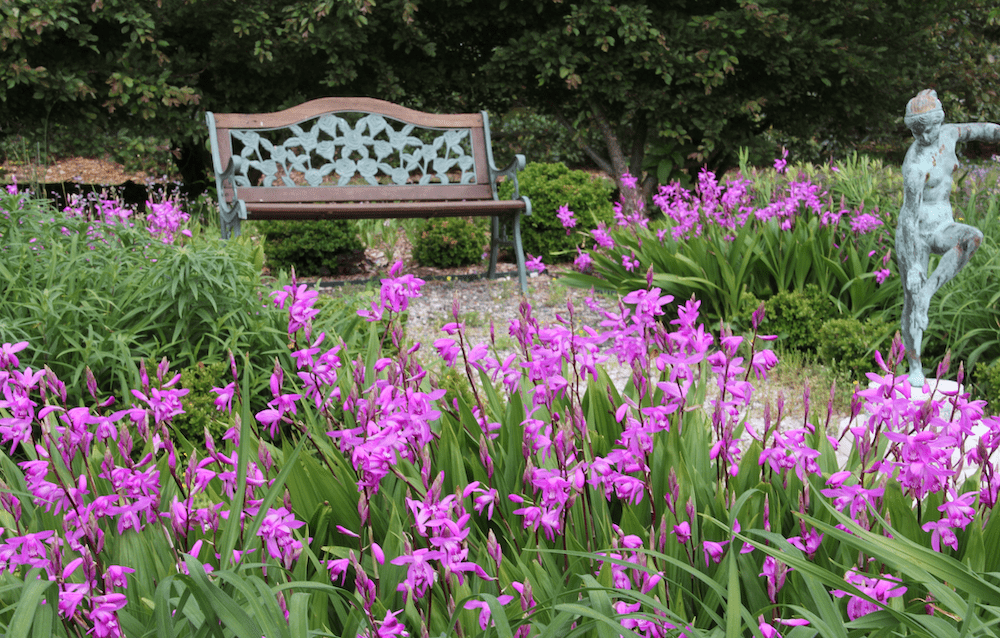
We at Flower Power Daily are curators and archeologists—digging for authentic seasoned experts for our stories.
Becky and Brent’s Bulbs have been growing and selling flowers since 1900. The Heath’s farm happens to be located on Daffodil Lane—Brent is also one of the world’s experts on daffodils—in Gloucester, Virginia.
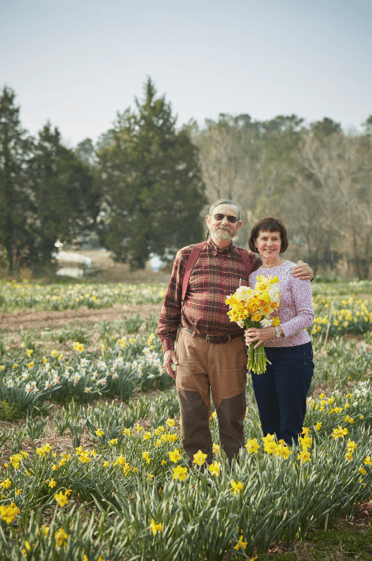
Event planners and consumers visit their site and seek out their bulbs for gardens around the world. Becky kindly offered to educate our readers on growing flowers after decades of experience learning what to do and not to do.
Recommended: Storied Chelsea Flower Show to Launch First-Ever Virtual Program
But before you go out and buy seeds and bulbs, consider this advice from the Heaths.
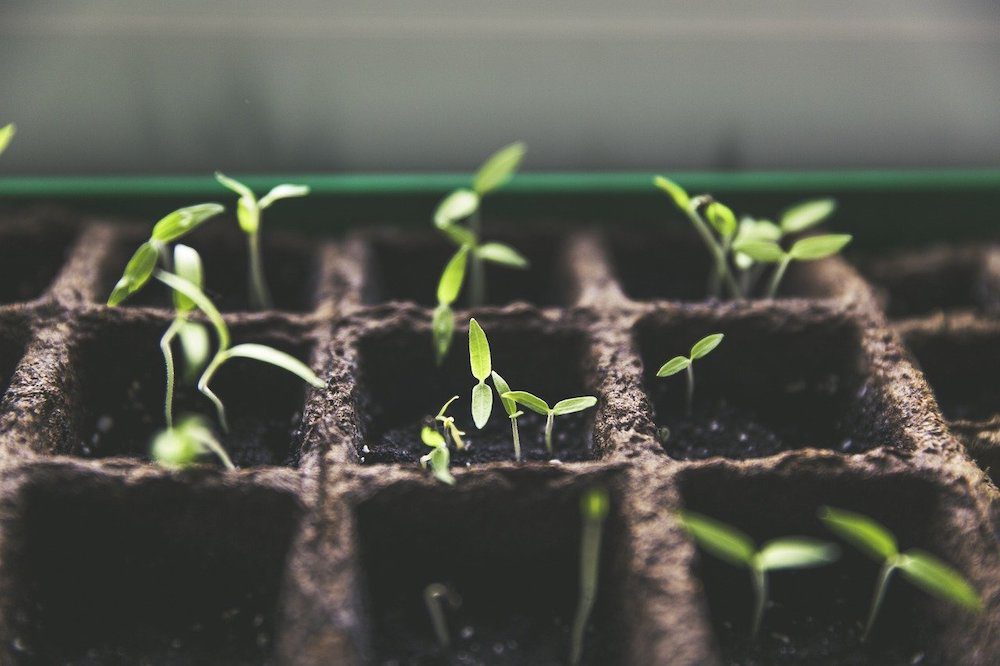
Improve Your Soil
Soil matters. Add compost and, if you have it, horse manure to soil for better results. It’s like a recipe. It improves with herbs. Also, make sure you know if your soil is well drained or not.
Don’t Go Against Mother Nature!
Find out what your zone is where you live. Any nursery or garden friend can tell you. Zones are determined by the lowest winter temperatures in a ‘normal’ year. Don’t order bulbs and flowers that originate in areas with totally different climatic conditions than yours! After you’ve had some experience and some successes, then it’ll be easier to branch out and try new adventures, ‘test the water’ in gardening and find all the exceptions to the rules! But when you are starting out, stick to the flowers that flourish in your region.
Recommended: Lewis Miller’s Flower Flash Campaign Captivates New York
If you’re in a plant zone colder than the recommended one for a particular bulb, you can still grow it, but you may have to start it indoors, transplant it into the garden when the soil is at least 60 degrees Fahrenheit and dig it after the first frost. But for beginners, keep it simple. Know your zone.
Keep Bulbs Dry in Their Dormancy
Plant bulbs in well-drained soil or elevated beds. If you have clay soil, put six inches of compost on top of the ground; place the bulbs on top of the compost and cover the bulbs with six inches more of compost or other material easy to grow through.
Flowers that Need Sun Won’t Bloom in Shade
Follow instructions. This is also part of the “Don’t Go Against Mother Nature” advice. If you are told that a flower only likes full sun, don’t expect it to bloom in shade. Full sun requires at least six hours of direct sunlight.
Over the years Becky and Brent have grown countless types of flowers—because their farm is a laboratory of sorts. But we asked Becky for flowers that will be easy for anyone.
Recommended: How to Plant and Care for Irises
Fertilization
We recommend applying a slow-release fertilizer such as Holland Bulb Booster as a top dressing after planting (we discourage the practice of putting non-organic fertilizer in the hole with the bulb for fear of burning the tender roots) and each succeeding spring.
While most summer bulbs appreciate some nourishment, avoid high- nitrogen fertilizers for most bulb crops; they tend to encourage lush foliar growth, sometimes at the expense of the flowers. Extra potassium, however, is generally helpful for forming strong, disease-resistant tubers, corms or bulbs. Phosphorous generally promotes strong flowering, although most soils contain a sufficient amount of this slow-moving nutrient. If your soil is well amended with compost, you will probably not need to fertilize. Now for planting the flowers.
7 Easy Flowers to Plant in Spring for Summer Blooms
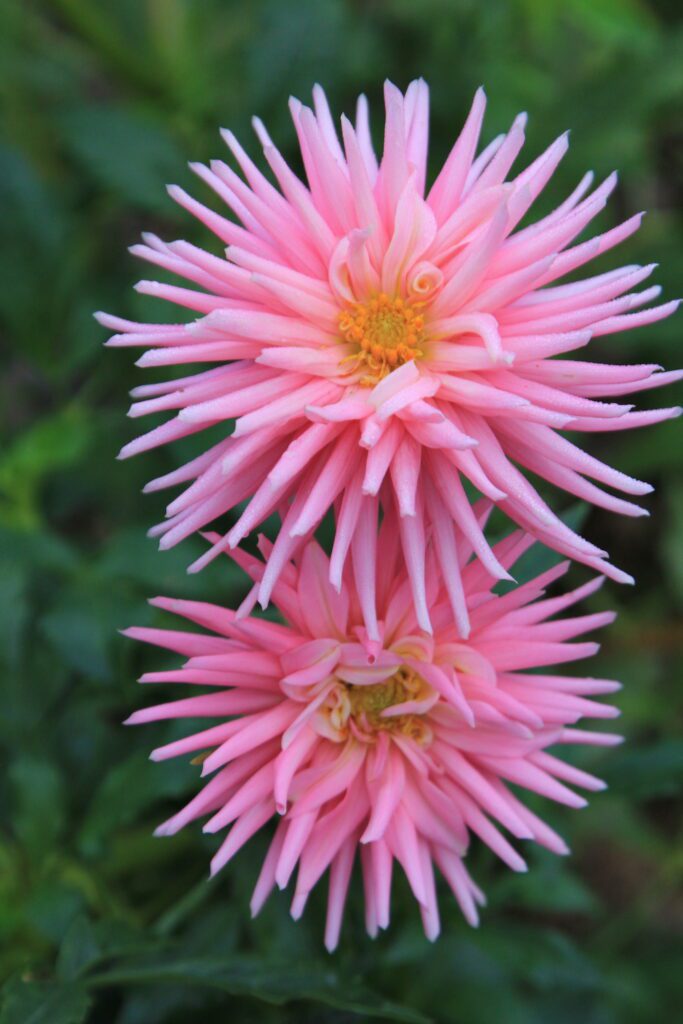
1. Dahlias
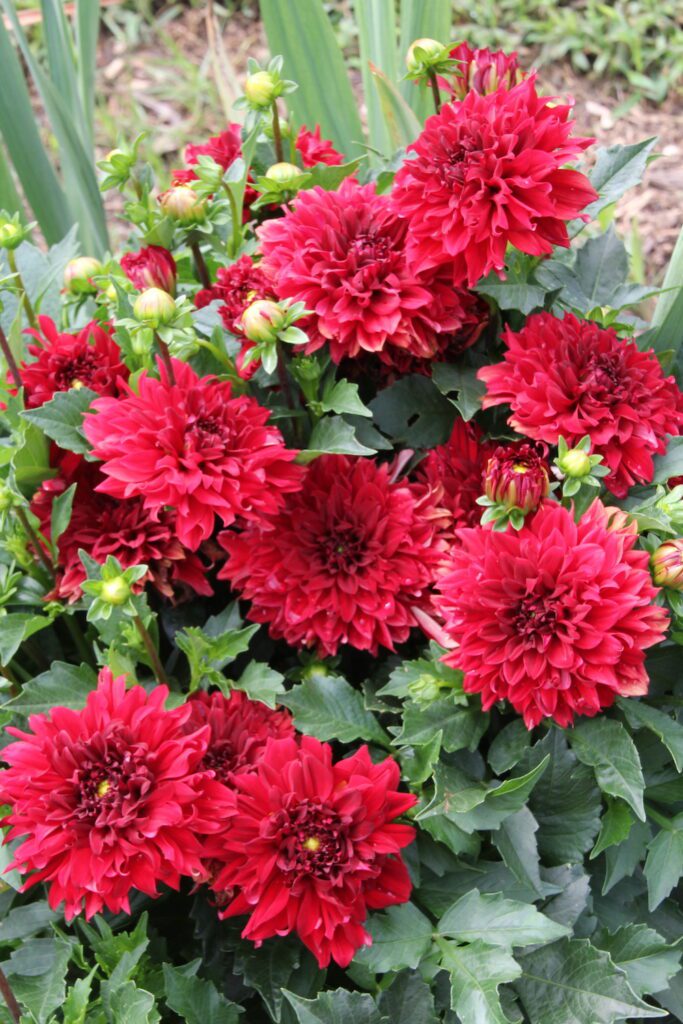
2. Hibiscus
We have several in our gardens and are offering some very new ones shared with us by a fabulous Texas company called J. Berry Nursery. We think of Hibiscus as being only a very southern plant but these are hardy in zones 5-9. Also very pretty and colorful. Some of the popular choices are called “Summer Spice,” “Plum Flambe” and the white “Creme de la Creme.”
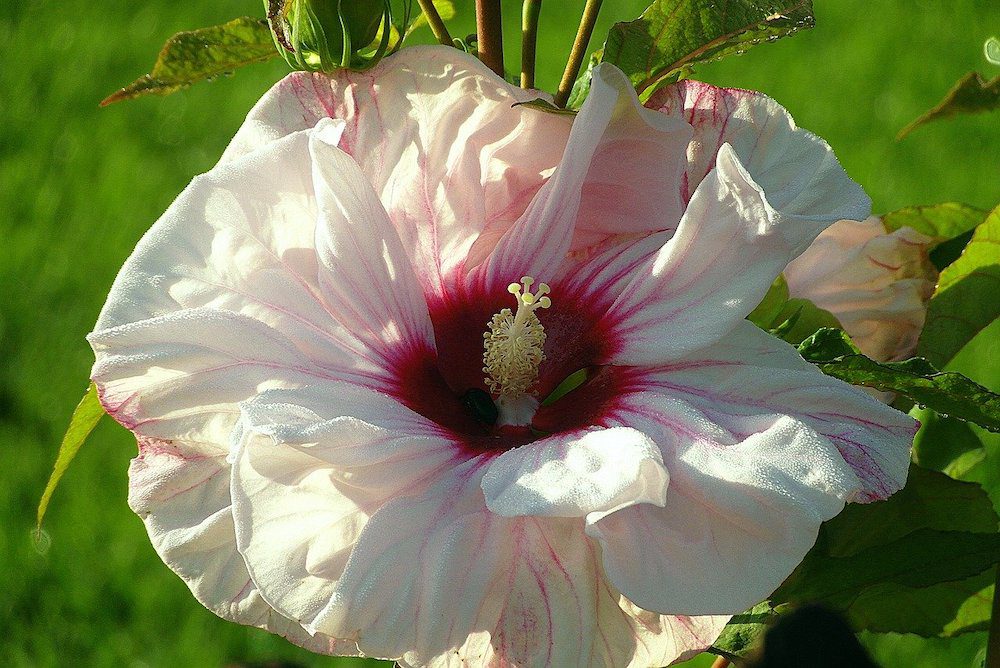
3. Day Lilies
Lilies can be planted either in the fall or in the spring. Either way, they bloom in the summer. In the spring, ours are stored in a freezer until we ship them out because this time of year, they are so anxious to grow and bloom. If they thaw, they begin to sprout. They come in a myriad of colors that blend in any garden design scheme. Some begin blooming in June, others in July and still others bloom in August—a long season of color for visual pleasure, for arrangements or to cut and take to friends who can no longer garden. There are some non-poisonous products that keep the four-legged critters from eating them. Lilies are Brent’s second favorite flower.
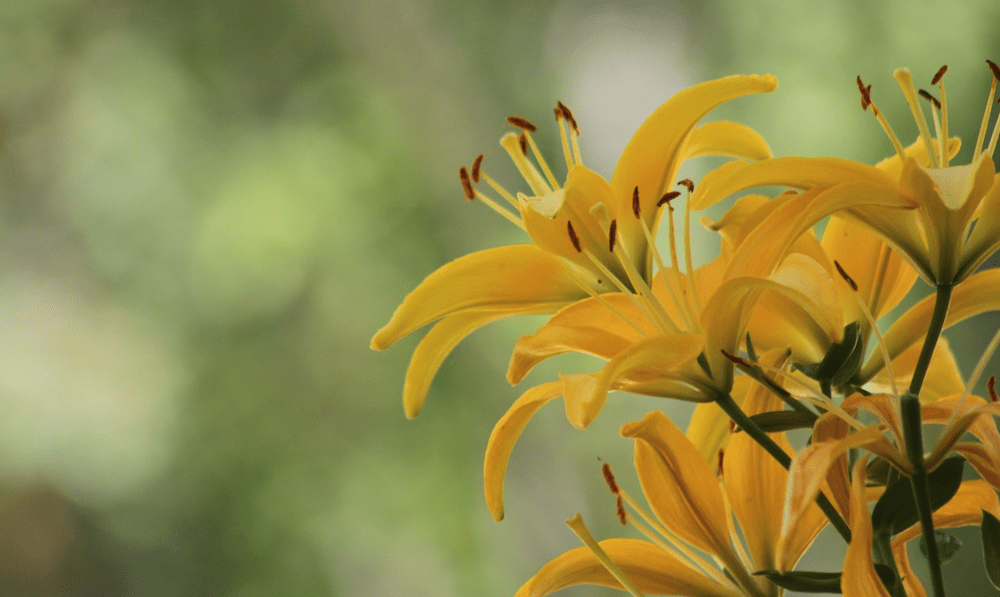
4. Zinnias

5. Orchids
We think of Orchids as being houseplants and most are. But there are some that are reliable perennials in the garden. One is Bletilla striata. Equally beautiful but hardy only to zone 6 are Bletilla striata ‘Alba’ and Bletilla Yokohama ‘Kate’. When harvesting the flowers, the stems aren’t cut, they are gently pulled straight up from the root, which often encourages the plant to produce another flower stem. These are just awesome and one of my favorites!
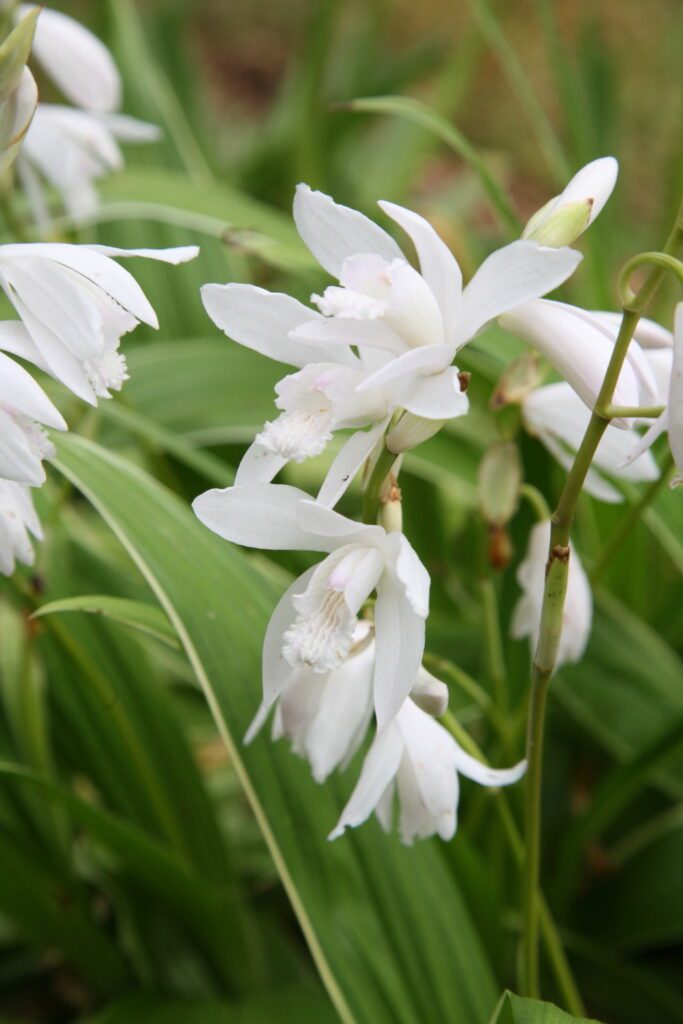
6. Caladiums
We all love flowers but most plants that produce flowers need the help of sunlight. Color can be added to deep shade utilizing Caladiums in the summer. Yes, these are tropical and require warm soil when planting. They can be started indoors to get a head start and can be planted in the garden as a ‘potted plant’ once the soil is 65-70 degrees. They last all summer long without the need for any maintenance.
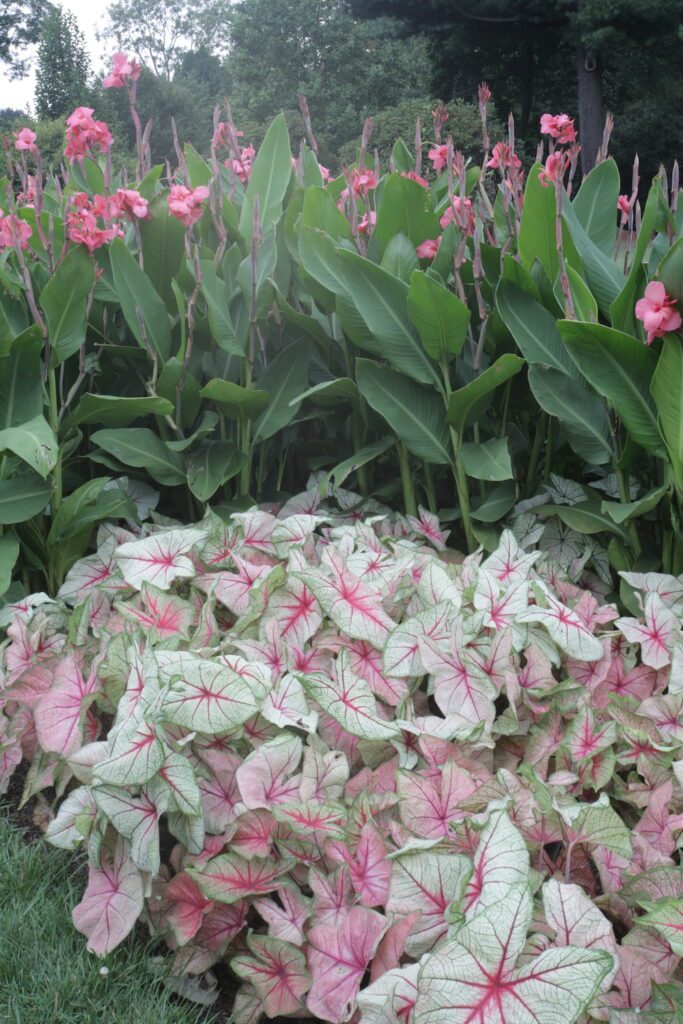
7. Decorative Grasses
As housing communities expand, deer have become a real problem in many areas. Decorative grasses are one group of plants that deer don’t like. Some of our favorites are Muhlenbergia capillaria, affectionately called ‘Pink Muhly Grass’ and ‘White Cloud’. They provide linear aspects to the garden all summer and then in late summer and early fall, magic happens when the clouds of white or pink arrive and sway in the breeze. If tall flowing grasses won’t work in a smaller garden or container, a decorative non-invasive sedge Carex oshimensis EverColor ‘Everest’ is one of our favorites. It’s also a great choice to put as a front border to define areas in the garden and it’s short enough not to hide the plants behind it.
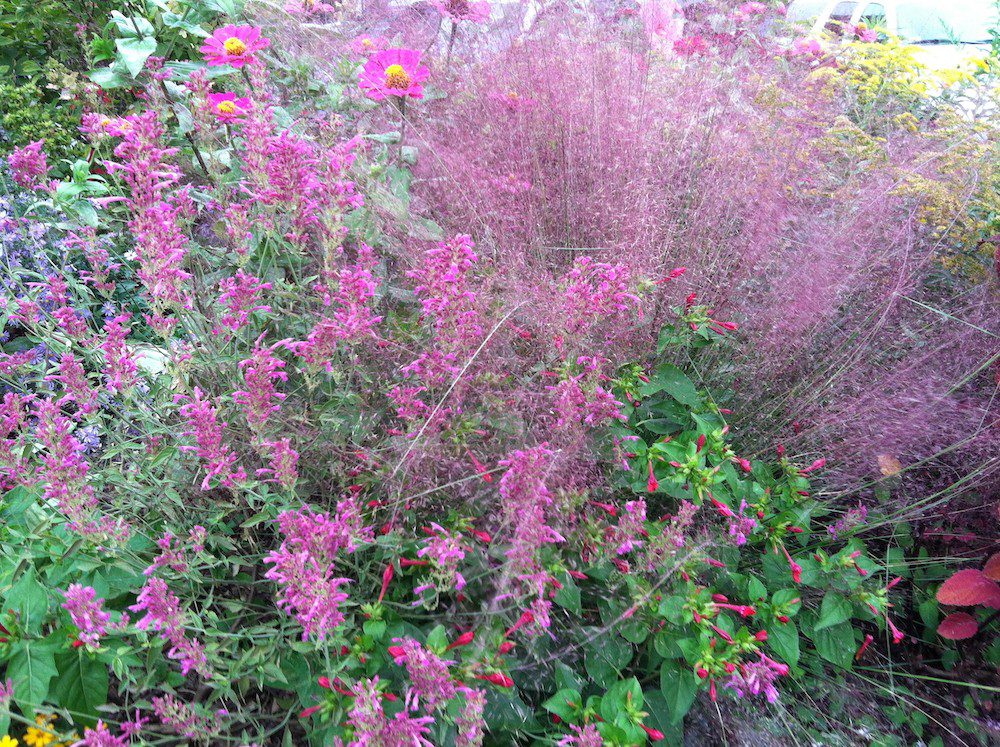
Bonus Tip:
To combat deer, the Heaths are big fans of the product Plantskydd. Becky says, “It really works on keeping deer away from your flowers.”
We will be providing more tips from Becky and Brent in the future. But for now, this advice should help you jump start your summer garden.
